A new mission to see the Titanic
(Image credit: Ralph Blanc/Getty Images)
For many, seeing the world’s most famous wreck is a lifelong dream. And now paying adventurers called “Mission Specialists” can have the chance to explore the Titanic up close.
F
Four hundred miles from St Johns, Newfoundland, in the choppy waters of the North Atlantic Ocean, a large industrial ship rocked from side to side. On board, Stockton Rush expressed a vision of the future:
“There will be a time when people will go into space cheaply and very regularly. I think the same will happen underwater.”
The Travel Show TV broadcast
The full story airs this weekend on BBC World News’ The Travel Show. Check here for specific broadcast times.
Rush hopes his company OceanGate will do for deep sea exploration what innovators like Elon Musk, Richard Branson and Jeff Bezos are trying to do for space travel: allow anyone with enough money to venture into new worlds, even if he does not have the specialized training. .
Rush’s location in the North Atlantic is unremarkable at first sight. Yet it is here that one of the most famous and tragic events in history took place: 3,800 m below the surface lies the wreck of the Titanic, which sank in April 1912 after hitting an iceberg on its maiden voyage.
For Rush, who is trying to make deep sea exploration commercially viable for the masses, the site of the world’s most famous wreck was a “must dive”. He added: “I read an article that said there were three words in the English language that are known all over the planet. It’s Coca-Cola, God and Titanic.”
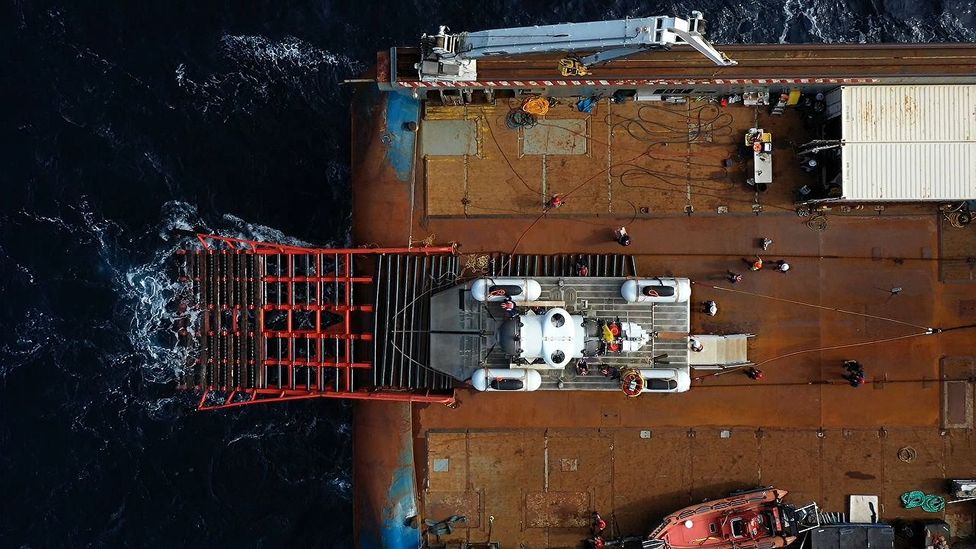
(Credit: BBC’s The Travel Show)
But to make his Titanic dream a reality, Rush had to create a new type of submersible made of lightweight materials that could carry up to five people from the ocean vessel to the depths of Titanic. Many thought it couldn’t be done.
Now though, Rush was at the site (having managed to reach the wreckage in the submersible last year) with a large number of people, including crew aboard the ship, OceanGate staff, scientists and a small but crucial group of paying adventurers called ‘mission specialists’ who each paid up to $250,000 (about £225,000) for the chance to see the Titanic up close.
While there, they would also have the opportunity to help out as citizen scientists, collecting photos and videos of deep-sea biodiversity.
This particular dive included banker Renata Rojas, businessman Oisin Fanning and television professional Jaden Pan, as well as oceanographer Steve Ross and submersible pilot Scott Griffith.
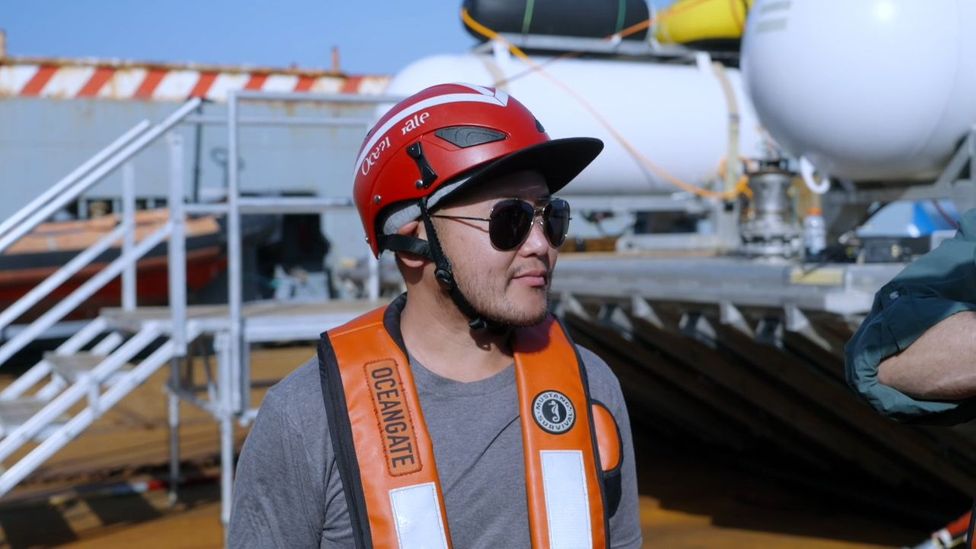
(Credit: BBC’s The Travel Show)
Rojas explained, “I’m not a millionaire. I’ve been saving money for a very, very long time. I’ve made a lot of sacrifices in my life to be able to get to the Titanic. I don’t have a car, I I haven’t gotten married yet, I don’t have kids. And all of these decisions were made because I wanted to go on the Titanic.”
For Ross, these dives provide a rare chance to study the deep ocean environment by taking water samples around the wreck site and recording biodiversity with his camera. He said: “There is a kind of race to understand the deep sea, which is the largest environment in the oceans and the least explored. Changes in the ocean have a huge impact on the whole globe.”
As the submersible descended for more than two hours to the bottom of the ocean with its passengers on board, Ross observed this biodiversity through the porthole.
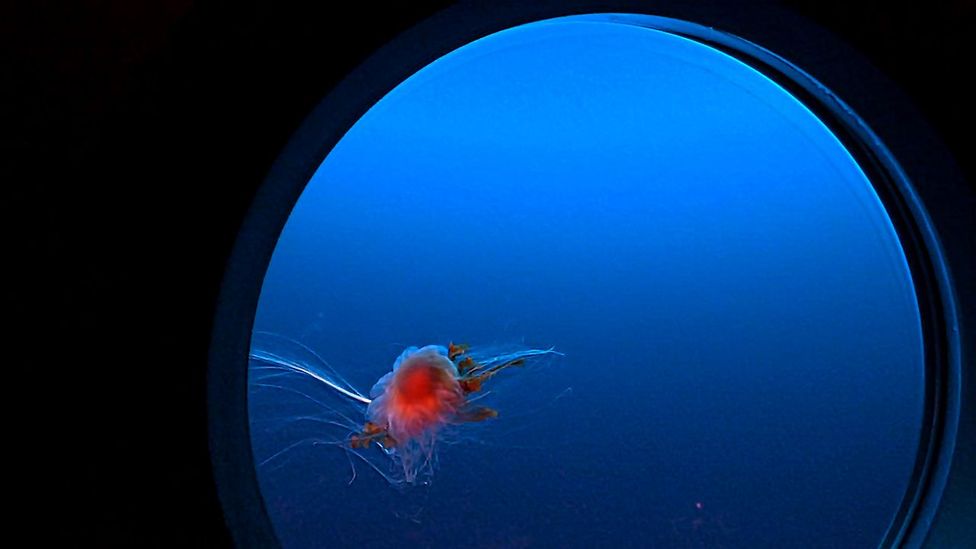
(Credit: BBC’s The Travel Show)
“As we descended, we saw mesopelagic animals [that are] involved in the greatest migration on Earth. Every evening, this large community migrates to the surface, and every morning it descends between 500 and 1,000 m. A lot of these animals have bioluminescence, so you get flashes of light here and there.”
When the submersible hit the ocean floor, it landed in the 15m2 debris field that surrounds the severed bow and stern of the Titanic.
“The five of us unofficially had this moment of silence,” Pan said. “The first thing I see are chunks of coal. That’s the moment that connected me to the humanity of Titanic. The fact that people shoveled that up, brought it on the boat, and during the sinking, everything turned upside down.”
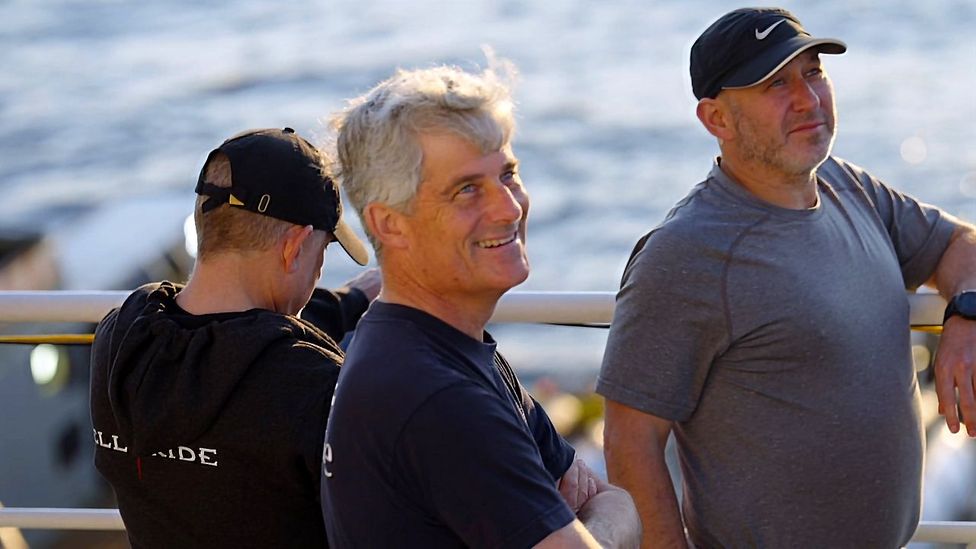
(Credit: BBC’s The Travel Show)
On the other side of the submersible, Pan heard Pilot Griffith say, “Oh no. We’ve got a problem.”
“When I push forward, one of the thrusters pushes backward,” Griffith explained. “Now all I can do is a 360.” On the ocean ship above, Rush considered remapping Griffith’s controller. “It’s not going to be easy,” he told his support team.
“I thought, we’re not going to make it! Rojas said. “We are 300 meters from the Titanic and all we can do is turn in circles.”
The solution that came to Rush was brilliantly simple: “Tell him to hold it the other way,” he said. After establishing that turning left on the controller will cause the submersible to move forward, he concluded that turning the controller 90 degrees clockwise will allow the submersible to move forward again.
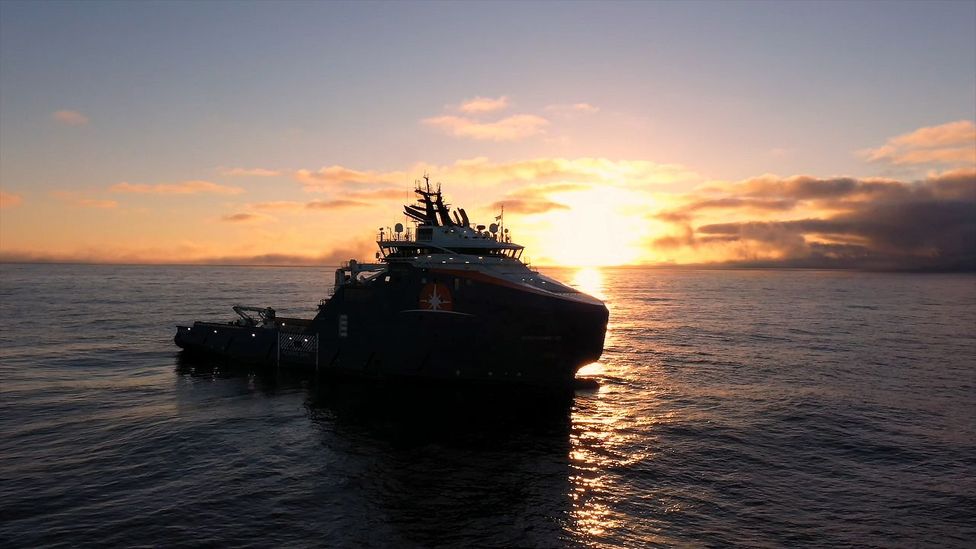
(Credit: BBC’s The Travel Show)
Passing colorful tiles, plates and a sink in the debris field, they quickly reached their goal: the bow of the Titanic – emblematic of the era when romance blossomed between the fictional Jack and Rose in the Titanic movie. Selfies taken, the remaining hours on the ocean floor were spent exploring the rest of the bow and more of the debris field before returning to the surface.
Although the analysis of the data they collected (from the video) will take a few months, the mission was immediately rewarding. Shortly after stepping out of the submersible onto the ocean vessel, Rojas wiped away a tear, saying, “I needed to do this to feel complete. I now feel complete.”
—
For more on this and other stories, watch BBC’s The Travel Show – every weekend on BBC News Channel and BBC World News.
If you liked this story, sign up for bbc.com’s weekly features newsletter called “The Essential List”. A handpicked selection of stories from BBC Future, Culture, Worklife and Travel, delivered to your inbox every Friday.
















